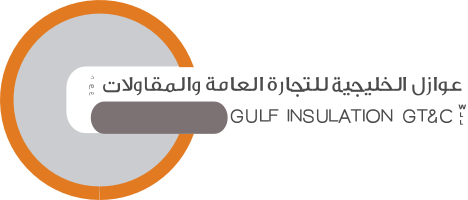Company Associates
- The HITECH Act expanded the duties of company associates beneath the HIPAA protection Rule. HHS developed regulations to implement and make clear these modifications.
See guidance that is additional company associates.
Exactly Exactly Just What Info Is Protected
- Electronic Protected Wellness Ideas. The HIPAA Privacy Rule protects the privacy payday loan advances Georgia of separately health that is identifiable, called protected wellness information (PHI), as explained into the Privacy Rule and right right right here – PDF. The safety Rule protects a subset of data included in the Privacy Rule, which will be all separately recognizable health information a covered entity creates, gets, keeps or transmits in electronic kind. The protection Rule calls this information “electronic protected health information” (e-PHI). 3 The protection Rule doesn’t use to PHI transmitted orally or on paper.
General Rules
- The safety Rule requires covered entities to steadfastly keep up reasonable and appropriate administrative, technical, and real safeguards for protecting e-PHI.
Particularly, covered entities must:
- Ensure the privacy, integrity, and option of all e-PHI they create, receive, maintain or send;
- Identify and force away reasonably expected threats towards the integrity or security for the information;
- Force away reasonably expected, impermissible uses or disclosures; and
- Ensure compliance by their workforce. 4
The protection Rule defines “confidentiality” to imply that e-PHI isn’t available or disclosed to persons that are unauthorized. The safety Rule’s privacy demands offer the Privacy Rule’s prohibitions against poor uses and disclosures of PHI. The safety guideline additionally encourages the 2 extra objectives of keeping the availability and integrity of e-PHI. Underneath the safety Rule, “integrity” ensures that e-PHI is certainly not changed or damaged within an unauthorized way. “Availability” implies that e-PHI is obtainable and usable on need by an authorized individual. 5
HHS acknowledges that covered entities add the littlest provider into the biggest, multi-state wellness plan. And so the safety Rule is versatile and scalable to permit covered entities to investigate their very own requirements and implement solutions right for their environments that are specific. What exactly is suitable for a certain entity that is covered rely on the character for the covered entity’s company, along with the covered entity’s size and resources.
Consequently, each time an entity that is covered deciding which safety measures to make use of, the Rule will not determine those measures but requires the covered entity to think about:
- Its size, complexity, and abilities,
- Its technical, hardware, and pc pc computer software infrastructure,
- The expense of safety measures, and
- The reality and impact that is possible of dangers to e-PHI. 6
Covered entities must review and change their safety measures to keep protecting e-PHI in an environment that is changing. 7
Danger Review and Management
- The Administrative Safeguards conditions into the protection Rule need covered entities to do danger analysis included in their protection management procedures. The chance analysis and administration conditions of this protection Rule are addressed individually here because, by assisting to figure out which protection measures are reasonable and suitable for a certain entity that is covered danger analysis impacts the utilization of most of the safeguards included in the protection Rule.
- A danger analysis procedure includes, it is not restricted to, the next activities:
- Assess the chance and effect of prospective dangers to e-PHI; 8
- Implement security that is appropriate to handle the risks identified when you look at the danger analysis; 9
- Document the plumped for protection measures and, where needed, the explanation for adopting those measures; 10 and
- Preserve constant, reasonable, and appropriate safety defenses. 11
Danger analysis is an ongoing procedure, in which a covered entity regularly ratings its documents to trace use of e-PHI and identify safety incidents, 12 occasionally evaluates the potency of safety measures applied, 13 and frequently reevaluates prospective dangers to e-PHI. 14

